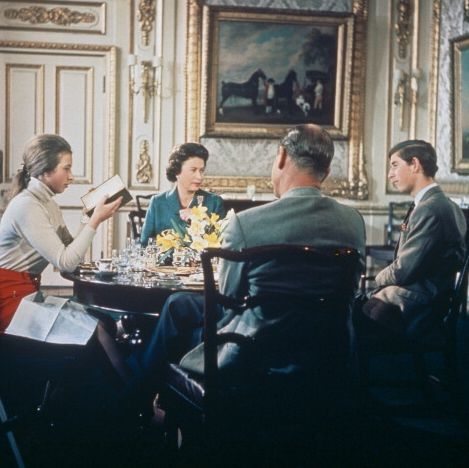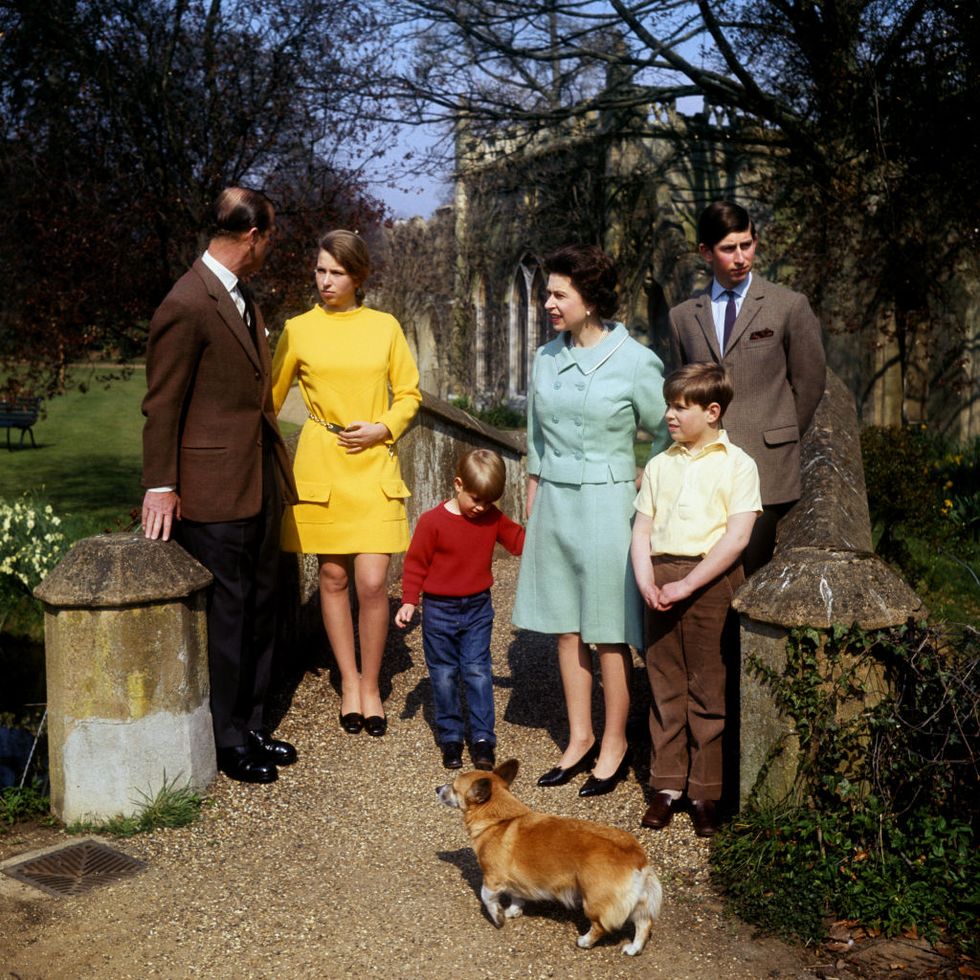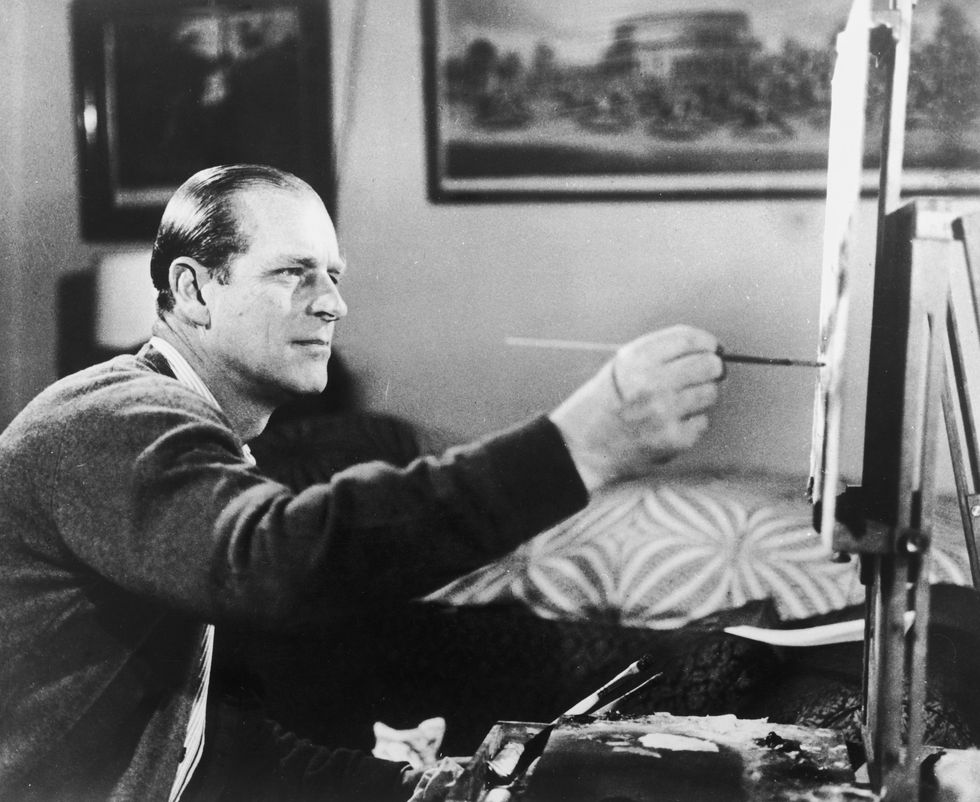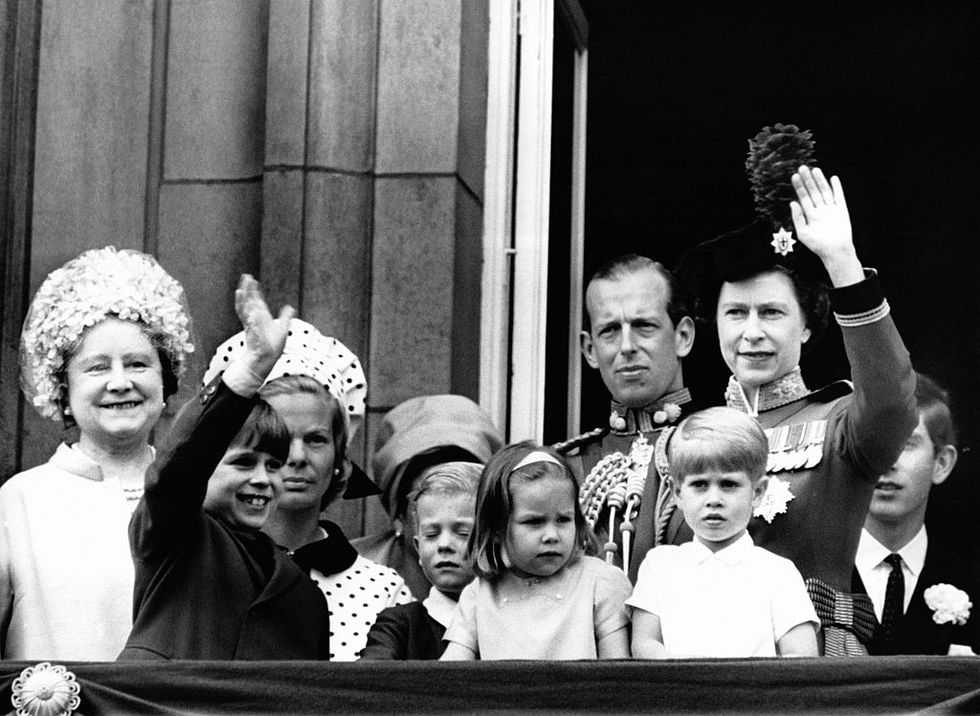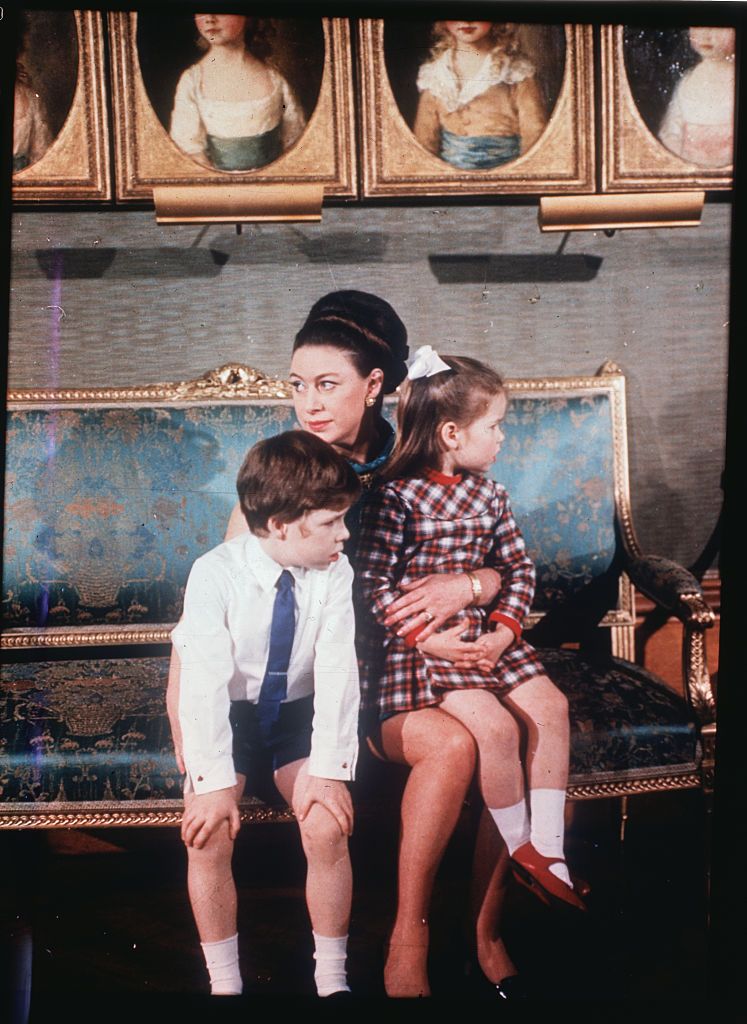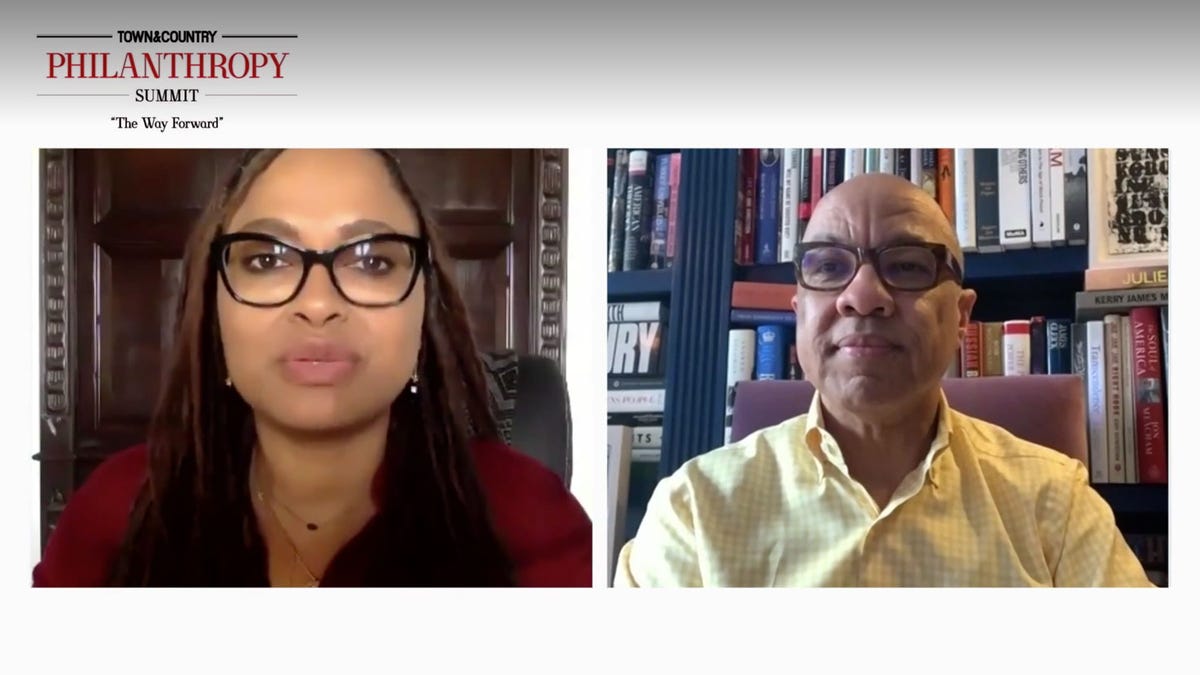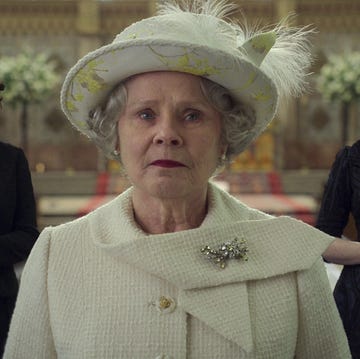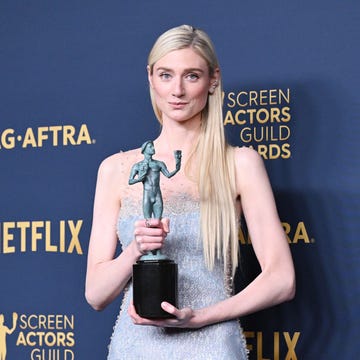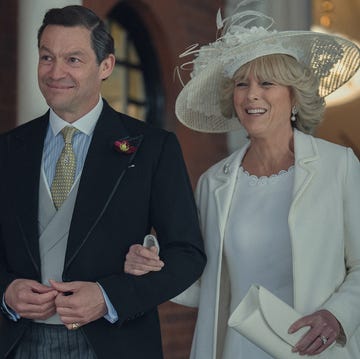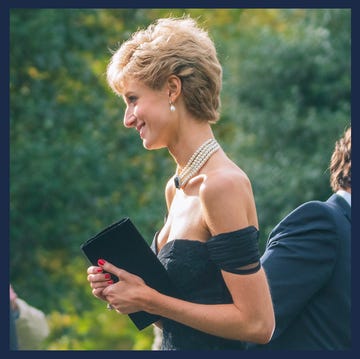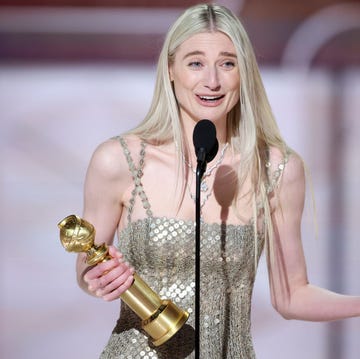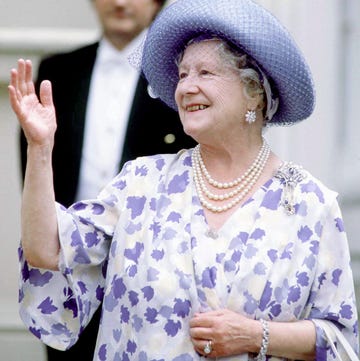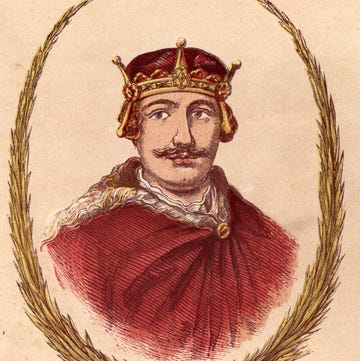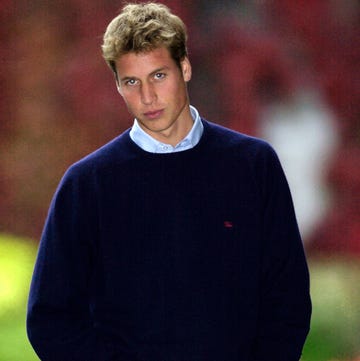Imagine a fly-on-the wall film following the Queen and her family for a whole year with cameras going behind palace doors, up close and personal. In 2019, it sounds unlikely. But it actually happened 50 years ago, and the resulting TV documentary, Royal Family, unsurprisingly caused a sensation.
This was an intimate study which, for the first time ever dusted, off the stardust, the pomp and ceremony, to present the royal family in private domestic situations talking not to an interviewer but to each other. One of the episodes in the third season of the Netflix drama The Crown focuses on the making of the documentary and shows the royal family reluctantly taking part in the ground-breaking film.
The idea was hatched by the Queen’s then Press Secretary, a plucky Australian called William Heseltine, and orchestrated by Prince Philip himself. It aimed to show the royal family as real people in their own homes rather than the lofty unreachable figureheads of an archaic institution which at the time some felt was out of touch with the real world.
This was the swinging '60s with free love in the air and the House of Windsor was starting to look decidedly stuffy. Heseltine was the breath of fresh air in the Palace trying to demystify and prove that his charges weren’t rare creatures to be stared at from afar but living, breathing—often quite jolly—human beings.
“The Queen was a reluctant convert, but became much more aware of the possibilities and was prepared to participate when it came to actual filming. And I had among my three private secretarial colleagues [at Buckingham Palace] one enthusiast, one definitely opposed, and one with one foot on either side. So it was quite an interesting time,” he adds.
All scenes had to be approved by a committee of TV executives that was chaired by Prince Philip. Nevertheless, “Prince Philip became less enthusiastic when it came to being filmed himself, which he hated,” recalls Heseltine.
The director was BBC’s head of documentaries and former army officer Richard Cawston and the schedule was expansive. Shooting began on June 8, 1968 at the annual Trooping of the Colour ceremony and in total there were 75 days of shooting, in 172 different locations. The final edit boiled down to a film running close to two hours, so aside from the documentary, there are hours of historic reels of film that have never seen the light of day.
In Royal Family, viewers saw Prince Philip barbecuing sausages on the Balmoral Estate in Scotland, while the Queen and Charles made salad dressing. "Too oily," says Her Majesty, dipping her finger in the vinaigrette. Breakthrough revelations included the news that the royal household used Tupperware, a fact that hit many headlines at the time.
There’s Anne and Charles chatting and laughing with their parents at the breakfast table in Buckingham Palace while the Queen makes a joke about a dignitary with extraordinarily long arms. Plus, the monarch hard at work swapping small talk with dignitaries, including then U.S. President Richard Nixon: "World problems are so complex, aren’t they now?" she says.
And pure gold is Her Majesty, purse in hand, buying an ice-cream in a local corner shop for a four-year-old Prince Edward as recompense after Prince Charles’s cello string snapped and painfully pinged Edward’s tender cheek in an earlier frame. (Yes she does carry money sometimes!)
For the public though, what was most fascinating, was the opportunity to see and hear the royals for the first time. Today, thanks to TV and social media, we know each member of the royal family’s voice and mannerisms intimately and we can even catch what they say under their breath. But in 1969 this was truly revelatory, and the public devoured it.
Royal Family was aired on British TV stations on June 21, 1969 on the government-owned BBC in black and white and then a week later on commercial station ITV in color. Other broadcasts around the world followed as well, as five more repeat showings in the UK.
The film was considered a triumph, certainly in terms of TV viewing figures, which were phenomenal—40 million worldwide including 68% of the adult British public. “I was delighted with it, actually. It had very few critics at the time; one or two stuffy lord lieutenants in England and one or two [TV] critics, people like Bernard Levin [the late, famously controversial journalist who wrote for The Times and The Sunday Times] who thought it was an awful mistake. But on the whole, I think it was really a wonderful thing and very much in their [the royal family’s] interests,” says Heseltine.
But critics, including naturalist David Attenborough, who was then a controller at BBC2, felt the mystique of royalty had been compromised, the genie let out of the bottle. In 1970, Buckingham Palace locked the film in the royal archives never to be seen in its entirety again without Her Majesty’s permission, a fact many concluded was a response to this faction. (Ninety seconds of the documentary were released for an exhibition at London’s National Portrait Gallery in 2011, and these can be spied on YouTube. The rest, including the reels of film from the cutting room floor, are hidden away.)
One royal who was 100% against the documentary was Princess Anne. “I certainly never liked the idea of the royal family film. I thought it was a rotten idea,” she said in a TV documentary about the Queen in 2002. “The attention that had been brought on one ever since one was a child, you just didn’t want any more. And the last thing you needed was greater access. I don’t remember enjoying any part of that.”
But Heseltine was pleased with what the project achieved, mostly because it allowed he Windsors to open up on their own terms. “The criticism that some people made of it was that it made them [the royal family] too open," he says. “At that time, universal access to television was looming and could you imagine the monarchy not appearing on television? You couldn’t really. And if you are going to appear on television, why not do it on your terms rather than somebody else’s? And that we absolutely achieved.”
A reporter and writer based in Australia, Rieden has covered the royal family extensively and is the author of The Royals in Australia.
